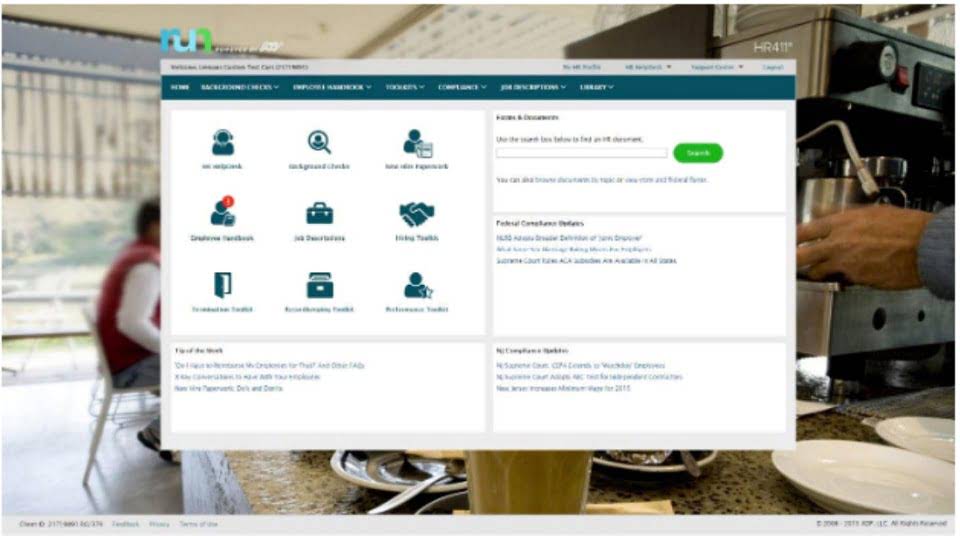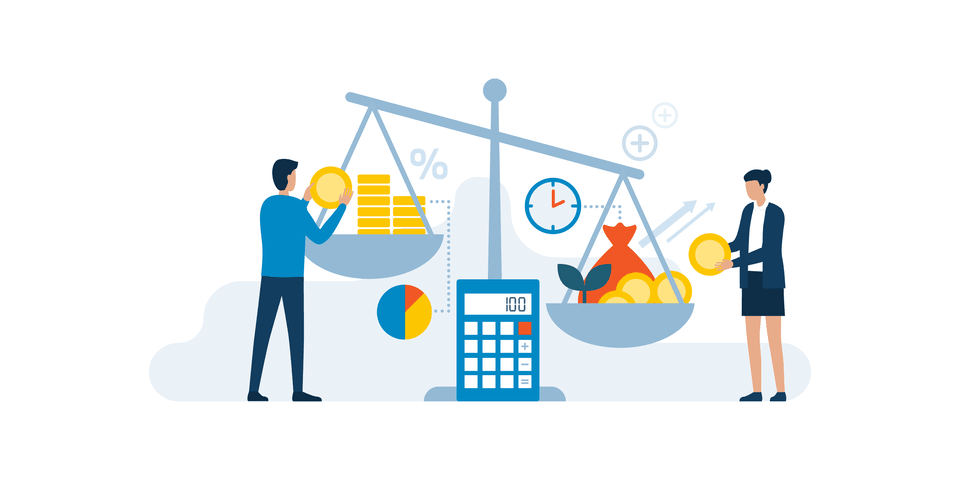
Markup is a perfect way to ensure you generate revenue on each sale. This way, you can guarantee that you generate a proportional revenue for each item you sell. This means the markups you set up at the beginning should scale well as your business grows. We’ll discuss this more when you’ve scrolled further down this page. Depending on where you search, you can get different answers for what markup is and what it has to do with something called margin (or gross profit margin). If you confuse markup normal balance with profit margin, you could be pricing your products too low—without even realizing it.
- Markup helps businesses determine the price at which they need to sell products to cover their costs and generate profit.
- This is why your markup is always bigger than your margin, despite referring to the same amount of money.
- Understanding these differences is vital for making informed pricing decisions and managing business finances effectively.
- Whether your business is a global enterprise or a local boutique, you likely deal with markups and margins every day.
- Running a business isn’t just about selling great products or services—you’ve gotta price them right, too.
- A margin is more concerning sales, while the latter is more concerning a value derived from the manufacturing cost.
- The first & foremost step in determining a firm’s profitability is defining its products’ pricing structures.
What other factors affect markup?

Confusion frequently surrounds the meaning of gross margin and markup, probably because they https://www.bookstime.com/articles/salaries-and-wages are two different ways of expressing the same thing. Both measure the difference between the price that you receive for an item you sell and the cost you incurred to obtain the item. You can then multiple the markup percentage by the cost price to arrive at a sales price of $13. As your margin grows, the markup increases at an even greater rate. How do you calculate margin vs. markup — and what’s the difference between the two? For example, whether or not you buy in bulk, source your products from different vendors for different prices, and so on.
What’s the difference between markup on cost and markup on selling price?
- To calculate margin, you would simply take your selling price and subtract your production cost price.
- MYOB’s accounting software lets you skip the complex calculations and gain real insight into your profitability with simple dashboards and built-in profit margin and markup calculations.
- For instance, if you apply a 30% markup on a product that costs $50, the selling price will be $65.
- Do the math wrong, and you may lose money without even realizing it.
- If you don’t keep track of them, it’s easy to miss the impact of a rise in the cost of goods or your operating costs.
While to your customers these prices might feel arbitrary, a good menu will have up to three… We show you why it’s important to price your handmade products using a craft calculator. Your markup is always bigger than your margin, even though they refer to exactly the same amount of money. Margin and markup are two different ways of looking at your profit on a sale.
How HR Operations Are Evolving: From Automation to Augmentation for Smarter Workforce Management
- A third common mistake is using a flat markup percentage without considering market conditions or competitor pricing.
- A key component of pricing strategy, markup is the percentage added to the cost of a product to determine its selling price, and focuses on profit as a proportion of cost.
- These are like two sides of a coin – different & yet closely related.
- The markup percentage would be 42.9%, or ($100 in revenue – $70 in costs) / $70 costs.
- However, the markup is usually expressed as a percentage of the product’s cost (not its selling price).
- We’re an easy-to-use inventory software that’s perfect for large or small businesses.
The margin strategy can be beneficial for businesses operating in competitive markets, as it allows for greater flexibility in pricing and helps maintain a competitive edge. However, the margin strategy may require ongoing monitoring and adjustment as market conditions and consumer preferences change. When deciding between markup vs margin strategies, businesses should consider the impact of each approach. Each strategy has its advantages and drawbacks, and the choice between them should depend on the specific needs and goals of the business. Sortly is an inventory management solution that helps you track, manage, and organize your inventory from any device, in any location. We’re an easy-to-use inventory software that’s perfect for large or small businesses.

- It takes into account all costs, including both variable and fixed expenses.
- Let’s explore what profit markup and margin mean, how they differ, and their impact on business.
- In others, like electronics and designer goods, markup is very high — in some cases, 250% to 500% — so retailers need to sell fewer items to turn a profit.
- Read more to learn what inventory management is and read tips on how to best manage your dropshipping inventory.
- Profit margin reflects profitability in relation to total revenue, whereas markup focuses on the cost of the product.
Some products with a low sale price – for example, bottled water and movie theatre popcorn, have a very high markup because the original cost is so low. Let’s look at how markup and margin are calculated to illustrate this key difference. As illustrated in the example above, both are different accounting terms that provide two different perspectives of looking at business profit.
Markup and Margin Explained

So, using our example above, if we wanted to calculate the markup for our product as a percentage, we would take our production cost of $10, and multiply it by 1.2 (or 20%). In this article, we’ll break down the difference between markup and margin, and show you how to calculate each. We discuss markup vs margin and margin vs explain the difference between a markup and a margin profit, how to calculate them and why they are useful in deciding on your product pricing. Markup is the (%) amount you increase the wholesale price/cost of a product by to arrive at the selling (retail) price.